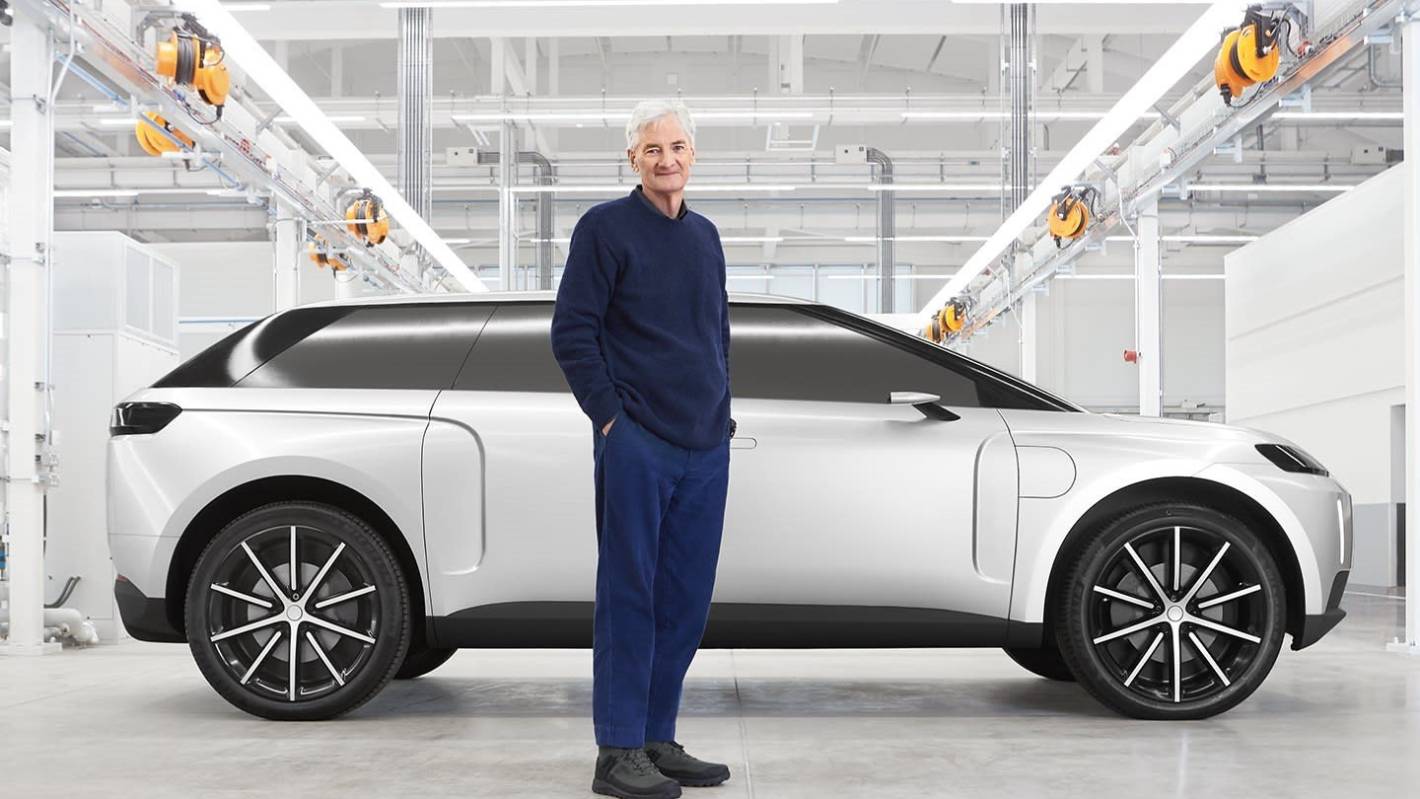
For someone who has earned billions over a lifetime of design and engineering, at 75, Sir James Dyson is very willing to accept that not everything he touches turns to gold. Other larger-than-life entrepreneurs would have you believe that their success is hardwired into their DNA, but not Dyson, who views failure not only as a necessary step on the path to success, but even enjoyable in its own right.
James recently spoke to a class of graduates at his alma mater Gresham’s School, encouraging them to embrace failure in order to succeed. Dyson has long supported emerging STEAM talent in New Zealand, hosting the inaugural James Dyson Awards since 2005. The competition challenges students and graduates to ‘Design something that solves a problem’.
After enjoying his recent speech to the leavers of Gresham’s School, theBit had a chat with the man himself, discussing everything from failure to robotics and his hopes for the next generation of doers and makers.
“My tale is one of not being brilliant,” he told us. “I wasn’t even trained as an engineer or scientist. I did, however, have the bloody-mindedness not to follow convention, to challenge experts and to ignore Doubting Thomases.”
READ MORE:
* Lamborghini CEO on going all-electric: “We don’t need to decide now”
* Samsung’s new ‘Repair Mode’ set to stop nosy staff snooping
* What could have been: Dyson’s electric car
That, to Dyson, is the key to his success – and the good news is that these are qualities that can be emulated by anyone with the patience to slog through multiple prototypes and the confidence to trust their gut.
“The failures began to excite me. ‘Wait a minute, that should have worked, now why didn’t it?’ I was scratching my head, mystified, but then had another idea for an experiment that might lead to solving the problem. I was usually covered in dust, getting deeper and deeper into debt, yet happy and absorbed.”
Parking the Dyson Car
One seriously expensive failure that Dyson highlights in his talk is the company’s revolutionary sounding electric car. Announced in 2017, the “radical and different” vehicle was intended to solve the main issue that people have with them: the relatively short ranges. Dyson’s car, meanwhile, would pack 150kWh’s worth of batteries, increasing the range to a massive 600 miles (965 kms).
But when we ask Dyson about what could have been done differently with hindsight, he paints the failure as being less of an engineering one, and more the company being a victim of circumstances.
“The product itself was not a design failure, nor was it a failure of the brilliant engineering team – rather it became too much of a commercial risk,” he says, describing the car as “wonderful to drive and be driven in,” with “very efficient motors.”
“What we did not predict was ‘Dieselgate’, or that the landscape would change so dramatically,” he continued. “We also found that batteries cost too much, particularly for a car like ours which was packed with them to give it a decent range. Because of this shifting commercial sand, we made the difficult decision to pull out of production.”
It was, according to Dyson, his “saddest failure,” but even this cloud has a pretty appealing silver lining, with invaluable lessons learned in the fields of lighting, air treatment, batteries and robotics.
The last of these is especially significant, given the company has pivoted to robotics as the next big frontier. With a plan to recruit 250 roboticists over the next year to revolutionise the field, and improve on the somewhat limited robot home help that we have at the moment. Amazon’s Astro, for all his charm, can’t do the dishes or fold laundry.
It’s not the most fashionable area, as Dyson himself admits. “Glamour repels me,” he says. “I’ve always been naturally attracted to the prosaic. My obtuseness wants the dull to be exciting.”
So how is it going, and are we really going to see a Jetsons style future in his lifetime? “I can’t share too much at this stage as we keep our secrets very secret,” Dyson says, but the aim remains to “bring robotics technology into homes” by the end of the decade.
“Of course, big ambitions require great minds, and we cannot create the next generation of technology without the best pioneers,” he continued. “We are thrilled to be halfway through the largest engineering recruitment drive in Dyson’s history – we are in the process of recruiting 250 robotics engineers this year, but are always on the hunt for more forward thinkers.
“Ideally, we want to hire around 700 more in the robotics field over the next five years, from all corners of the world. Certainly watch this space.”
For someone who has earned billions over a lifetime of design and engineering, at 75, Sir James Dyson is very willing to accept that not everything he touches turns to gold.
The next generation
That’s just one (ambitious) company’s recruitment, and Dyson is far from the only player in this field, so where is the next generation of engineers coming from? Dyson hopes to play a small part in this, and created the James Dyson Awards back in 2007 to try and give brilliant young minds a leg up. The awards offer prize money of up to NZ$59,000 for budding inventors with a design to solve a problem.
One of Dyson’s favourite entries actually came from right here in New Zealand – the Hae Hae, an asthma inhaler for children, designed by 24-year-old Massey University student Maisie Panoho, last year’s winner.
“I am always astounded by the entries to the Award and New Zealand has historically been very successful,” he says. “It is incredible how focused young people are on tackling big problems and finding very meaningful solutions, particularly in the areas of sustainability and medicine.”
Indeed, a second project Dyson highlights is also in the medical field: Joseph Bentley’s REACT, which aims to reduce the blood loss from victims of knife attacks.
“This type of problem-solving invention shows the significant impact engineers can have on serious, global issues,” he continues. “Developing a medical device is very challenging and there will be no end of hurdles, but I would urge Joseph not to be put off since the opportunity to save lives is so great.”
Yes, setbacks await even the most promising young engineers. And the most successful will not only have the ideas, but the resilience to keep trying, no matter what obstacles are in the way. With that in mind, another highlight is the 2020 Sustainability winner Carvey Ehren Maigue.
Not only is the idea – vegetable crop waste spread across windows to generate electricity, as a kind of DIY solar panel – superb, but because it was a refined version of an entry he originally submitted to the 2018 awards. “This will be a vital character trait as he embarks on the long road to commercialisation,” Dyson says, possibly seeing something of himself in the 27-year-old creator.
“To this year’s entrants, I simply say: be radical and don’t give up,” he says. “Young people want to change the world, and it is wonderful to see so many people rolling up their sleeves, rather than simply complaining about the problems – we need doers not grandstanders!”

التعليقات